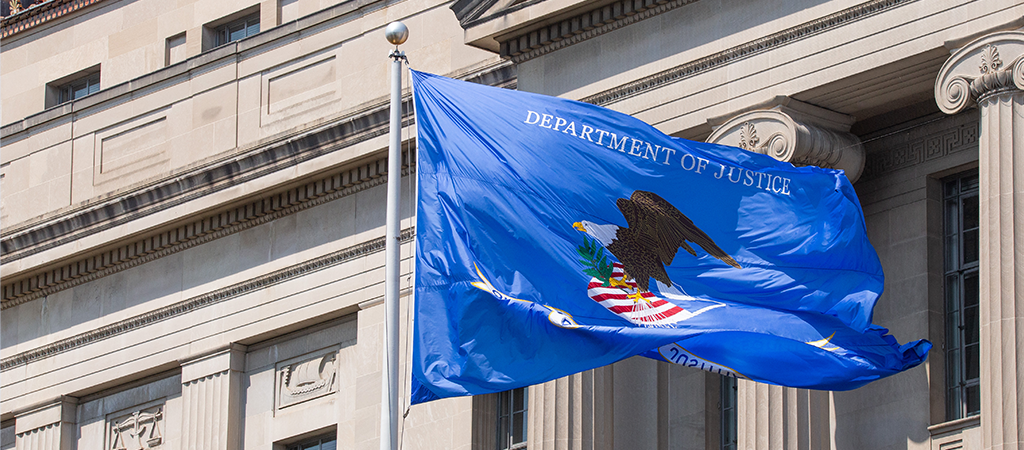- Aug. 14: The Justice Department sent demand letters directing certain jurisdictions to cooperate with federal immigration enforcement, citing Executive Order 14287.
- Last week: DOJ posted an initial list of “sanctuary jurisdictions,” noting the roster will be reviewed and updated as policies change.
- Executive Order 14287 (signed Apr. 28, 2025) directs publication of sanctuary jurisdictions and authorizes steps to ensure compliance with federal immigration laws, including possible funding conditions.
The Big Picture
The administration is moving on a two-track plan: public designation of “sanctuary jurisdictions” and direct legal outreach to compel cooperation with federal immigration enforcement. The Justice Department’s initial roster, posted last week, explains that jurisdictions were identified based on laws or practices that limit cooperation with federal authorities (Justice Department list).
What’s New
On Thursday, Aug. 14, DOJ delivered demand letters to selected states, counties, and cities. The letters cite Executive Order 14287 — titled “Protecting American Communities from Criminal Aliens” — and warn that non-compliance could trigger litigation or conditions on certain federal funds. The order was signed on April 28, 2025 and published in the Federal Register on May 2, 2025 (Federal Register).
What They’re Saying
Context
Background: Last week, DOJ published an initial list of sanctuary jurisdictions and outlined common characteristics such as limits on information-sharing, detainer policies requiring a judge’s warrant, and restrictions on federal access to local jails. The department says each listed jurisdiction can respond and that the roster will be reviewed and updated over time, with additions or removals as policies change. Executive Order 14287, signed April 28, 2025, instructs federal officials to identify those jurisdictions and pursue steps — including potential grant conditions — to align local policies with federal law, while leaving room for jurisdictions to remediate and be removed from the list.
What’s Next
Jurisdictions receiving letters may revise ordinances, negotiate protocols with federal agencies, or challenge the directives in court. DOJ has signaled further actions could include targeted lawsuits and updated guidance, while the published list will continue to be reviewed as jurisdictions alter their policies.
The Bottom Line
The policy push is shifting from public designation to enforcement mechanics. The next phase will be shaped by how jurisdictions respond to the Aug. 14 letters — and by any legal challenges that follow.
A global media for the latest news, entertainment, music fashion, and more.















